Brand Mascots: Benefits, Tips, and Famous Examples

Table of Contents
- What is a Brand Mascot?
- Benefits of Having a Brand Mascot
- 5 Steps to Create Your Brand Mascot
- Famous Brand Mascot Examples
- How to Add a Brand Mascot to Your Marketing Strategy
One cannot build a great brand overnight. Everything requires time and dedication, from creating brand strategies to figuring out unique ways to reach the audience. Moreover, the market is now more competitive than ever, and you need better techniques to stand out from the crowd. The first step of your branding strategy should speak about being recognizable. It is about a unique brand identity, design, voice, and excellent user experience.
The concept of branding no more involves just a logo. Today, you have to think about a unique design, a symbol, statements, one-liners, and other elements that can differentiate you from your competitors. Also, marketing strategies like banner ads, social media campaigns, and email marketing can help you drive short-term goals. But, nothing works better than a brand mascot to ensure that a brand is recognizable and memorable in your audience’s mind.
What is a Brand Mascot?
In simple terms, a brand mascot is a character or avatar that represents a brand. Often it serves as an ambassador of a company, product, or service. Companies use brand mascots to promote their advertising and marketing strategies. It can make your brand more attractive, engaging, and recognizable to customers.
Brand mascots can be of three types:
- Human characters: Real people, superheroes, fictional characters, and more
- Animals as characters: Tiger, rabbit, cow, jaguar, and more
- Objects as characters: Inanimate objects, fruits, anthropomorphic characters, and more

Companies can reach a wider audience by using brand mascots on logos, icons, social media handles, websites, and mobile apps. Usually, it helps in soft selling and establishing brand recognition. However, it isn’t only for large organizations. Many small organizations try to create the best brand mascots to build their brand’s personality.
To get a brand mascot design right, you need to ensure it represents your business and resonates with your audience.
Benefits of Having a Brand Mascot
Brand mascots are not a new thing. For decades, we have had Ronald McDonalds, Burger King, Michelin Man, the Amul Girl, and more ruling people’s hearts. Thanks to digital marketing, new mascots are also gaining popularity. While a mascot is not mandatory for your branding, it still has many advantages.
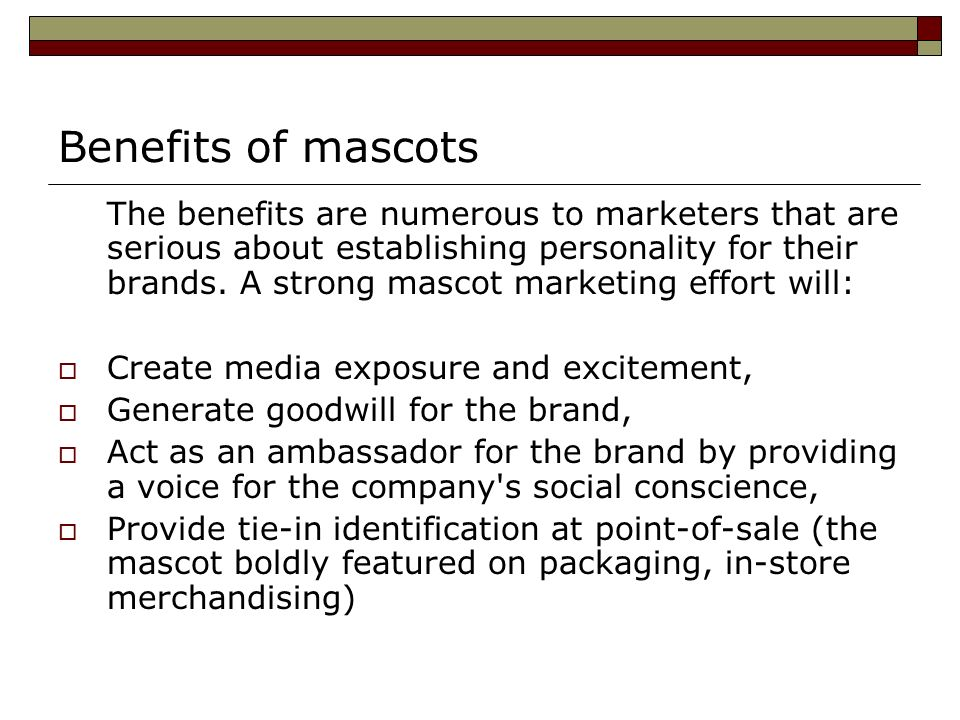
Here are some reasons why a brand mascot does wonders for a business.
- Establishes an emotional bond with potential customers
According to Technicolour Creative Studio, a brand mascot can increase a company’s profit and emotionally connect with customers by up to 41%. It shows that mascots are a fantastic way to connect and engage with your audience. When people see your mascots in community events, social media campaigns, etc., they quickly capture their hearts and emotions and entice them to follow your brand.
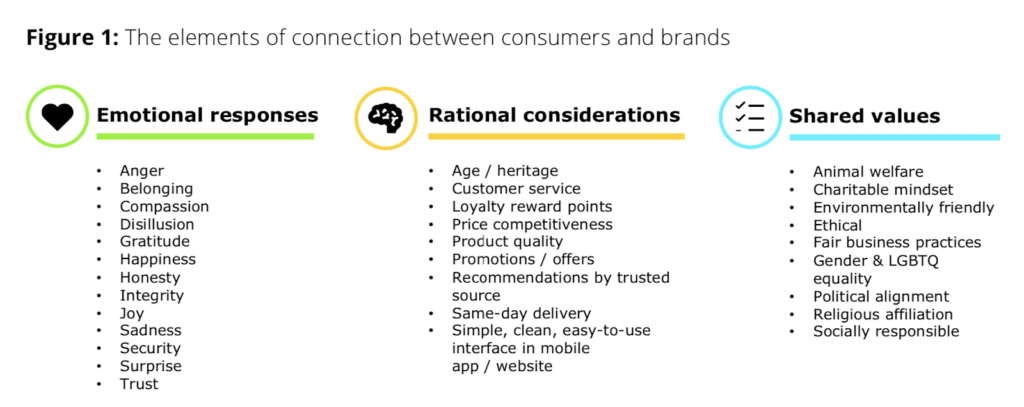
- Builds a unique and recognizable brand personality
Mascots can bring uniqueness to your brand that helps customers differentiate you from your competitors. For example, according to Disney, in 2008, the brand mascot (Mickey Mouse) had a 98% recognition rate amongst children aged 3-11.
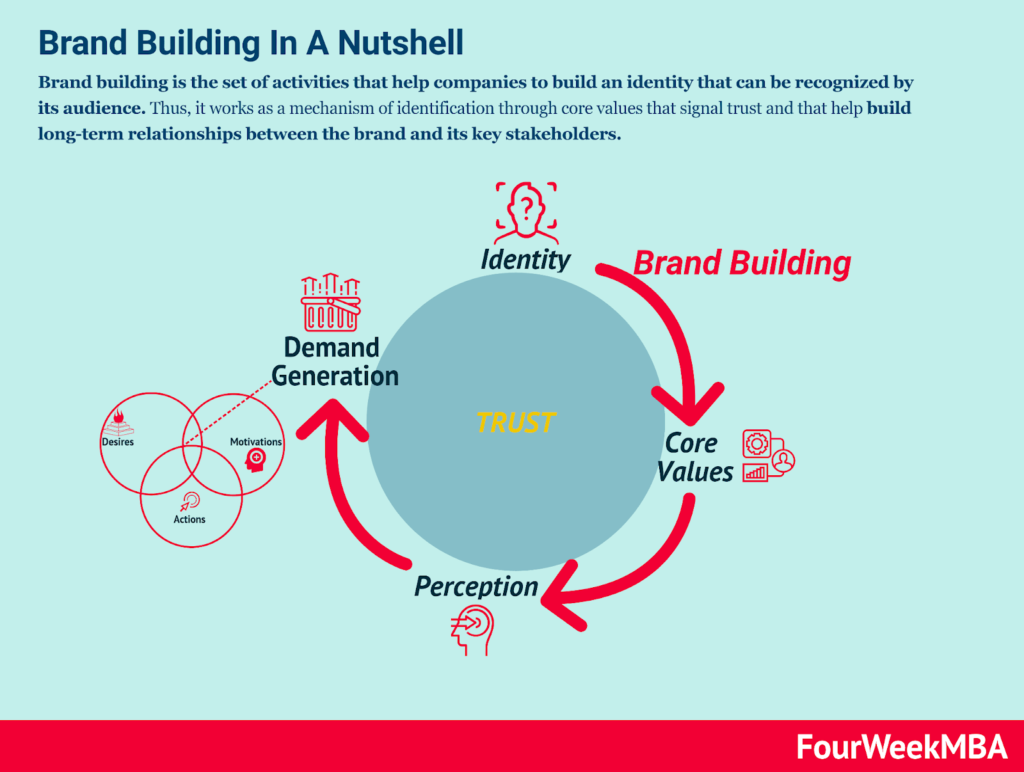
Due to customary human qualities, a customer’s brain instantly perceives the mascot character and recognizes it in the future. The best brand mascots help companies build their unique and recognizable brand personality. When a brand promotes its mascot correctly, it increases the recognizable value and pushes the brand’s message.
- Narrates the brand story effectively
A brand mascot embodies the spirit of your company. It easily connects with the audience, conveying the brand’s story. This is even more effective when you have a “living” mascot.
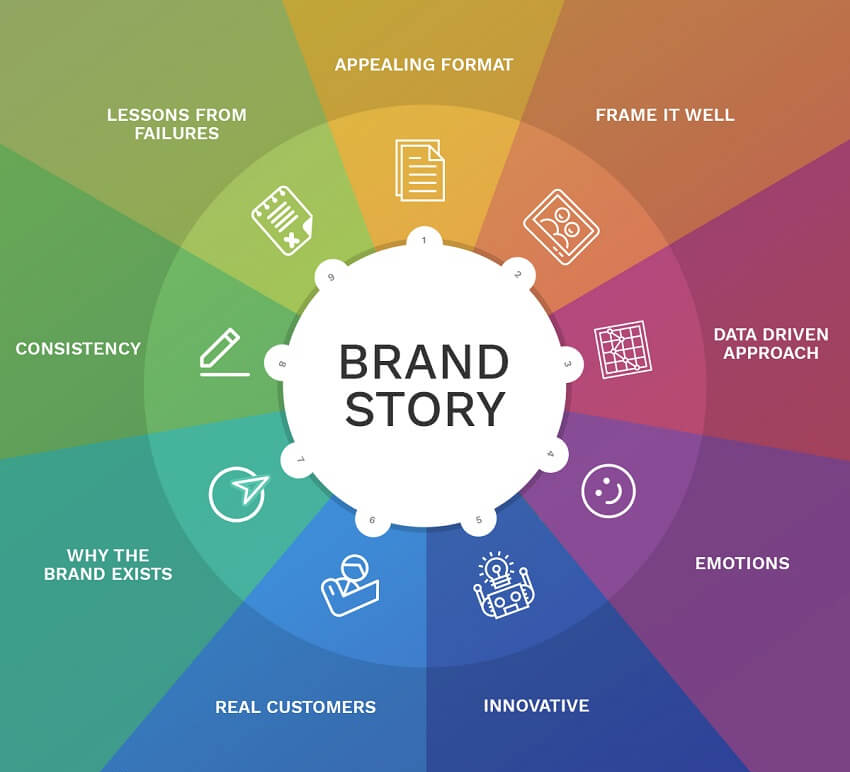
Compared to logos and banner ads, mascots are better at communication. Their facial expression, gestures, voice, and more appeal to the audience. Customers are more likely to retain and recollect the brand story from a brand mascot than from other branding activities.
- Makes content marketing potent
Mascots are already existing characters or personalities that represent a brand. So, creating a content marketing campaign around brand mascots becomes easy. You can include them in your blogs, videos, memes, explainers, social media posts, etc., to share the company’s message.
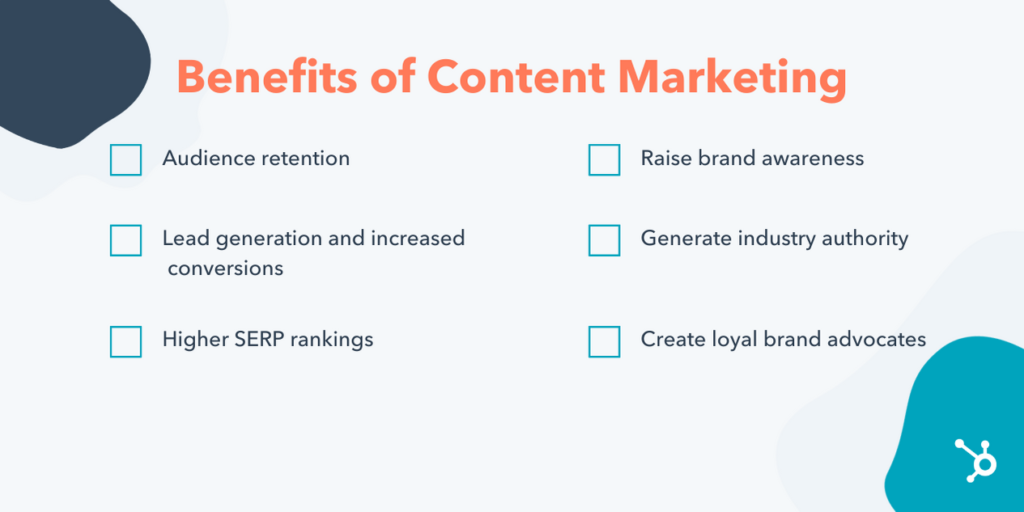
The use of mascots on social platforms like Facebook and Instagram increases user engagement and followers. For example, Barbie is one of the best brand mascot examples with a fashion-centric account on Instagram. Currently, the account has over 2.2 million followers who follow her posts religiously on fashion, lifestyle, and all things vogue.
- Increases brand engagement
This is one of the essential characteristics of a brand mascot. It helps you increase brand engagement with your audience. For example, Kellog’s tiger engages with children by being funny, Travelcity’s Gnome appeals to travelers by offering quality travel options, and Pillsbury’s doughboy engages with people that love bread and baking.
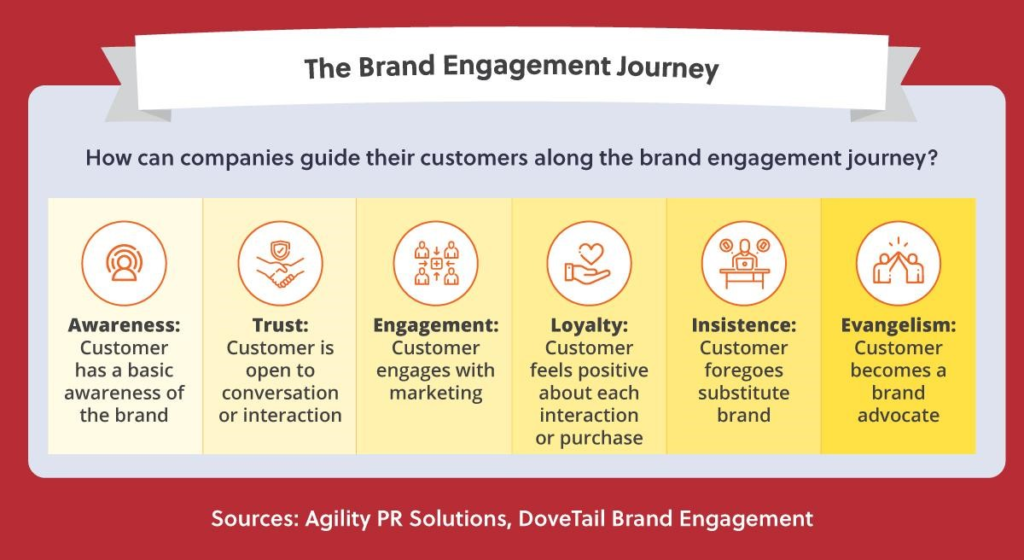
These characters provide a positive and dynamic user experience, which more likely makes them engage with and follow the brand.
- Showcases the brand’s friendly image
Brand mascots showcase a pleasant image of your brand. They are a social medium to grab viewers’ attention, which might lead the audience to buy your product or service. Customers from different backgrounds and demographic profiles can connect to your business through a mascot.
Over the years, it has become common to have a brand mascot or avatar to attract customers. Children-centric brands with mascots especially enjoy more benefits from brand mascots than otherwise.
- Generates leads and revenue
Brands that sell merchandise like t-shirts, mugs, hats, etc., generate significant revenues by using their brand mascots. For example, Disney makes money by placing their brand mascot Mickey Mouse on products and giving external parties the sharing rights. People that use these merchandise contribute to the brand’s revenue and further help to popularize the products.
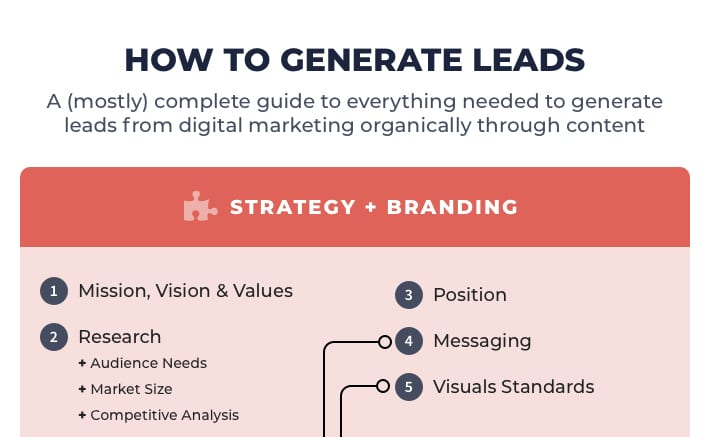
The cuter and funnier your brand mascot is, the more people will remember them. Also, you can try and reinvent it from time to time to suit your marketing needs. However, you need to be creative when creating a brand mascot design.

Steps to Create Your Brand Mascot
1. Define the brand values of your organization
Defining brand values is vital for all branding strategies and marketing campaigns. Brand values are beliefs and ideas that your company stands for. These values serve as a roadmap that guides your brand story, USP, behaviors, actions, decision-making, and more.
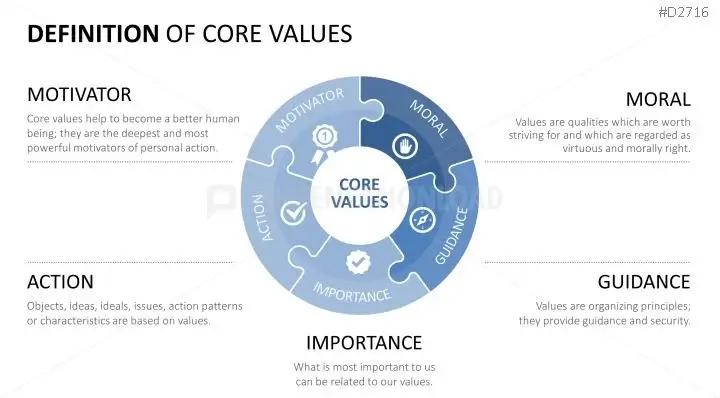
So, before you start designing a brand mascot, focus on jotting down your company’s brand values. Your brand mascot will be the face of your company and should represent your brand’s values and ideals. Create a backstory for your mascot to give it a unique personality if required.
2. Pick a character that resonates with your brand
You need to pick the best that goes with your brand from the three types—human, animal, and object—characters.

- Human mascots can be real people or fictional characters. For instance, KFC’s founder Colonel Sanders is a brand mascot for the brand, while Procter & Gamble chose Mr.Clean, a fictional character, as a brand mascot for their detergent-based solution. Fido Dido is one of the most popular brand mascots of 7Up, a fictional cartoon character. Choose a human mascot if you want to promote yourself.
- Animal mascots can be specific animals or sketched versions of animals. Brands mostly use animal mascots for children’s products as such characters easily attract them. For instance, Tony the Tiger is a brand mascot for Kellogg’s Frosted Flakes, who easily connects with kids. On the other hand, Duracell uses Pink Rabbit as their brand mascot because rabbits run fast, and Duracell lasts longer. Choose an animal mascot if your product or service is associated with an animal or your brand values relate to a particular animal.
- Object mascots are not as common as human and animal mascots. However, many brands use objects as their brand mascots. For instance, Android’s Robot mascot is neither human nor animal. It is a robot. The round shape, antenna-like ear, and green color features are perfect for a brand face for Android. Amongst the top brand mascots, there are M&M’s Spokescandies, wherein different objects are brought to life to create a brand mascot design. Choose an object mascot if your product and service are related to an object or if objects can help you visualize your product or service better.
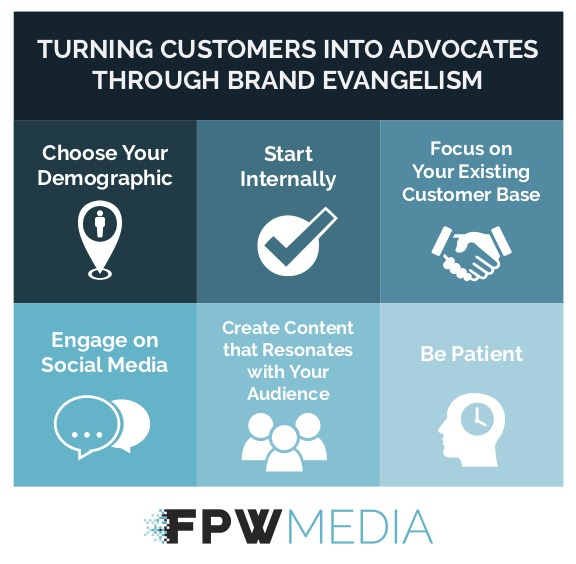
3. Design the personality of your brand mascot
After you decide if you want a human, animal, or object character for your brand mascot, think about the personality they will have. Your mascot will have a role in communicating your company’s message to your audience. Your mascot can be funny, sarcastic, sweet, relaxed, surprised, happy, angry, sturdy, etc.
For instance, the American fast-food chain Wendy’s mascot is sarcastic. The character roasts its competitors every chance it gets. Here are ten times Wendy’s floored us with its tweets. Likewise, decide the kind of traits your mascots need.
Next comes the facial expression, shape, and posture of your mascot. These personality attributes will decide if your mascot needs to be huge, lean, large, etc. For instance, if your mascot is too round, it symbolizes sweetness, cuteness, and gentleness, but it embodies a wicked character if sharp-edged or angled in shape. For fitness brands, the mascot must look lean and fit. While for kids’ products, you can choose a little round mascot as the younger audience connects with such shapes quickly.
4. Make your mascot design disproportionate
The top brand mascots have disproportionate features. Look at the Maharaja of Air India, Mickey Mouse of Disney, or Coco the Monkey of Coco Pops; they all have a personality with disproportionate features. It is because the human mind captures such features better in their memory.
Mario by Nintendo came into the market in 1981. It had wide eyes, a huge nose, and a big mustache. Even after decades, we can still spot Mario anywhere we go. On the other hand, Chester Cheetah by Cheetos has a lean body and colossal face features, which means that the mascot is cool and has excellent recall value.
Now decide whether you want to add human traits to your brand mascot or want them to move, dance, talk, and do most things humans can. For example, M&M Spokescandies can watch movies, talk to you, etc. Adding human and animal attributes to your mascot makes them memorable, specific, and exciting. Also, think if your mascots need any props like a chair, a stick, a phone, a briefcase, etc.
Finally, one of the most time-consuming tasks in designing the best brand mascots is to decide on the colors and patterns they will be depicted in. You can either keep it simple and appealing like Amul Girl with a polka dots dress, entirely white Pillsbury Doughboy, or in different colors like Mr. Muscle.
You will have to try various sketches and combinations before getting it right. Defining the character of brand mascot design not only elevates the features of the mascot but also adds a fun shade to their personality.
5. Hire a graphic designer
After you know what kind of brand mascot you need, consider hiring a graphic designer and get the ball rolling. It will be a work in progress. An expert will create a unique brand mascot design and not copy the existing one.
Of course, they will take inspiration from other brands, but you will not have to worry about copyright and trademark issues. Keep working on it until you get your best brand mascot. After it is ready, make sure you name it, preferably rhyming like Tory the Trojan, Andy the Anteater, etc.
Famous Brand Mascot Examples
- Parle-G

Parle-G, previously Parle-Glucose, has remained India’s favorite tea-time snack since the pre-independence era. The Parle-G girl illustration is one of the popular brand mascots in India.
Maganlal Daiya, the illustration’s creator, believed that the mascot should establish the biscuit among children. The approach convinced parents to form a trust in the brand, and the biscuit is still a staple in Indian households.
- Vodafone Zoo Zoos

India’s second-largest telecom operator, Vodafone’s brand mascot design, was created around the Indian Premier League (IPL) in 2009. The Zoo Zoos are white creatures with egg-shaped heads and spherical balloon bodies.
The idea behind the mascots was to make real people as animated as possible. They made a huge buzz during the IPL and were used to promote Vodafone’s various Value-added services (VAS).
- Duracell Bunny

Duracell created one of the best brand mascot examples. The iconic mascot is a pink rabbit that plays with a drum. The rabbit depicts the idea of working tirelessly. The pink bunny here represents the brand’s endless energy selling proposition. Advertisement campaigns for the Duracell Bunny have evolved from beating a drum to running miles and much more.
- The Amul Girl

Among India’s top brand mascots, The Amul Girl made her first public appearance in 1966 with the “utterly butterly delicious” tagline that made history. The brand created the moppet in response to Amul’s rival Polsen’s butter-girl.
Now with thousands of ads to her credit, she captures the imagination of every Indian with her amusing one-liners. Amul Girl is one of the best brand mascot examples in India.
- Nirma Girl
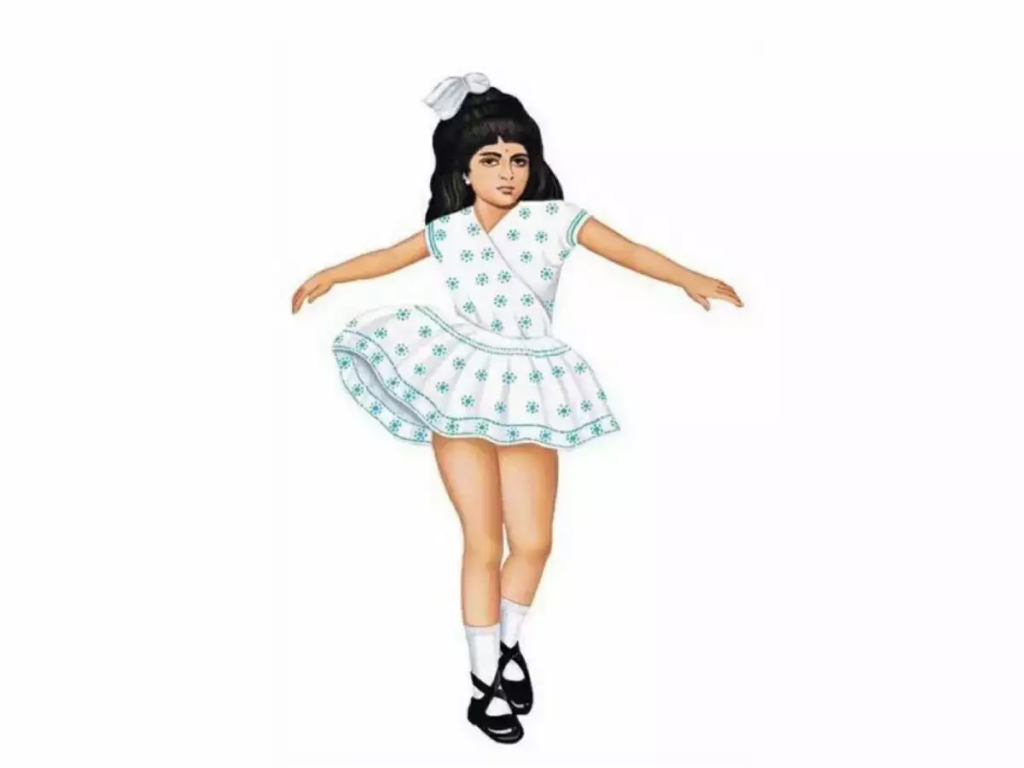
The brand mascot for Nirma is a girl twirling in a white dress. Named Nirupama, she was the daughter of the brand’s founder Karsanbhai Patel. After Nirupama died in an accident, Patel wanted to immortalize her and decided to continue her as the mascot. Nirma has been considered one of the famous brand mascots since the 1980s.
- Pillsbury Doughboy

The Pillsbury doughboy is one of the famous brand mascots for the Pillsbury Company, created in 1965. The mascot has a chef’s hat, a scarf, two blue eyes, and a soft chuckle when poked into the stomach.
The brand created this character to portray the product’s freshness and quality. After gaining popularity in the 1970s, a Pillsbury Doughboy family was also made and sold in the form of various playsets and individual dolls.
- Ronald McDonald

Ronald McDonald, a clown character, is McDonald’s brand mascot. Ronald, the happy clown, first made his appearance in 1963 with a white face, red hair, and a yellow jumpsuit. The ideal appearance for kids.
Ever since, he has spread the brand worldwide, popular with kids and adults alike. He has won the loyalty of generations of fans for being one of the top brand mascots globally.
- Colonel Sanders
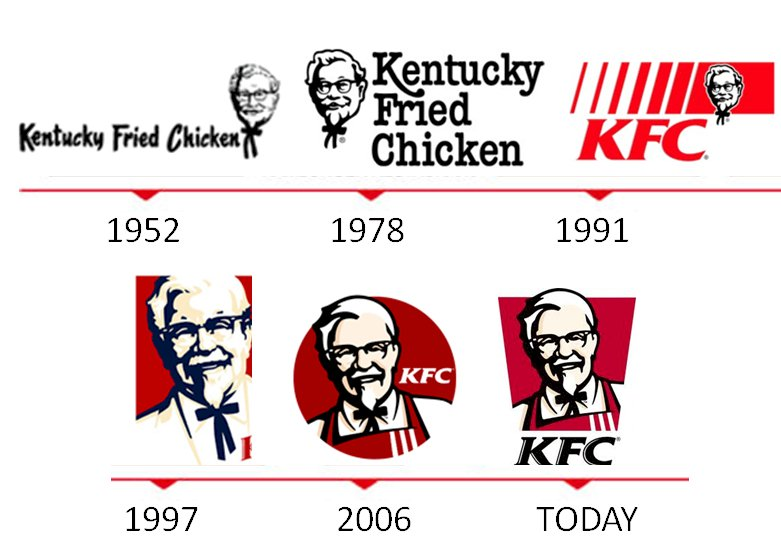
The man who invented KFC’s secret recipe has his face as the brand mascot. The founder of KFC, Colonel Harland’s logo, has been revised six times since its introduction.
The company has successfully maintained a consistent visual identity while preserving key components of Colonel’s face and adapting to the fast-food industry’s visible changes.
- M&Ms Spokescandies

M&M’s mascots were introduced in the 90s when the company struggled in the market due to growing competition. A solution was to turn every candy into a comedy character with a personality. The red one is sarcastic, and the yellow one is careless. These became popular brand mascots, and the company regained its worldwide popularity. M&Ms has six characters as mascots and are the best brand mascots to woo kids.
How to Add a Brand Mascot to Your Marketing Strategy
Mascots are ingenious ways to endear a brand to its audience. They are influential enough to lend an inanimate brand a soul, a personality, and a character. Using a mascot in your brand can personify your business through a familiar character, strengthening your brand identity.
After precisely designing your mascot, if you do not use it the right way, all your efforts will be in vain. Find out how and when to use your mascots to enhance your marketing strategy.
- Use your mascots across your social handles: Advertising mascots on your social media can give your profiles a boost. Statistics show that campaigns with brand mascots perform better (more engagement) than celebrity endorsements; also, it is cost-effective. While celebrity endorsers can cost thousands of dollars for every tweet they make to promote your brand, a mascot is an affordable, one-time investment.
- Include mascots into your promotional campaigns: This applies to print and digital media. For example, you can personalize your mascot when running a festive offer. Make everything, including your mascot, a Halloween theme if it is a Halloween offer. Use it in your packaging so that the customer feels connected. Audiences relate more to personalized branding.
- Add your mascot to merchandise: You can build customer loyalty without spending extra resources by merchandising, and merchandising impacts an audience relatively quicker than other marketing methods. Your mascots appearing on t-shirts, water bottles, or coffee mugs you give out to clients and employees could boost your marketing efforts.
- Revise your logo: It is not compulsory to update your logo since it is a separate entity, but adding the best brand mascots will strengthen it. You can place the mascot next to your brand sign, website, or business cards. It will help your audience to connect the mascot with your brand.
In Summary
Use your brand mascot creatively because it’s not easy to impress customers. Make sure your brand mascot sounds like a natural person promoting your product or service.
Moreover, keeping it consistent across the platform is another factor you should consider. Your character should stay consistent in their dressing, behavior, and other traits.
Finally, designing a brand mascot is a process of trial and error. You may not get it right initially, but you will find the best brand mascot for your company with continuous efforts.
Key Takeaways
- Building a brand requires effective and ongoing branding strategies. While marketing strategies can help you achieve short-term goals, having a brand mascot can make your brand recognizable and memorable for a longer period.
- Brand mascots are of three types: human characters (natural person, superheroes, fictional character), animal characters (tiger, rabbit, cow, jaguar), and object characters (inanimate objects, anthropomorphic characters).
- A brand mascot can establish an emotional bond with potential customers and increase brand engagement. When designing content marketing using brand mascots, the campaign will generate more leads and revenue on all platforms.
- Your brand mascot design should assimilate your brand values and ideals. So, it is crucial to focus on your brand values, ideas, and objectives before you design the brand mascot.
- Choose a human mascot character if you want to promote yourself. If animals resonate with your product and service, go for an animal mascot character. Select an object mascot for promoting business that relates to an object.
- Disproportionate brand mascots have great recall values. Wide eyes, huge legs, big tummy, long mustache, etc., are some features that attract customers.
FAQs
In simple terms, a brand mascot is a character or avatar that represents a brand. Often they serve as an ambassador of a company, product, or service.
Parle-G, Disney, Duracell, Amul, KFC, McDonald’s M&Ms, and 7Up are some famous brands that have mascots globally.
No, it is not required for all companies to have a brand mascot. However, having one can help your business reach new audiences. It can make your brand recognizable and memorable for customers.
Having the best brand mascots can increase engagement and customer bond with your business. It can maximize your content marketing efforts and help to increase the return on investments.
Latest Blogs
Explore how Google’s 2025 AI search updates triggered ranking chaos. Learn actionable strategies to adapt your SEO for AI Overviews, zero-click searches, and SERP volatility. Stay ahead now.
Learn how to rank on AI search engines like ChatGPT, Perplexity, and Gemini by optimizing your content for authority, structure, and relevance. Stay ahead in AI-driven search with this strategic guide.
Explore the best healthcare SEO services for your medical practice. Improve online visibility and effectively reach more patients in need of your services.
Get your hands on the latest news!
Similar Posts
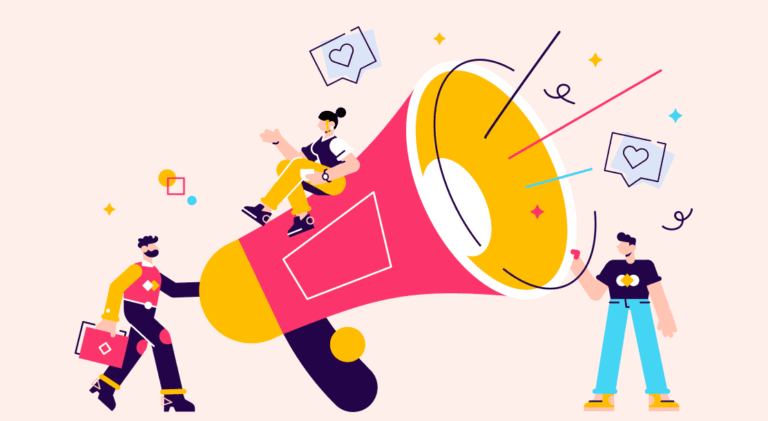
Branded Content
5 mins read
Brand vs. Branding vs. Brand Identity: The Difference
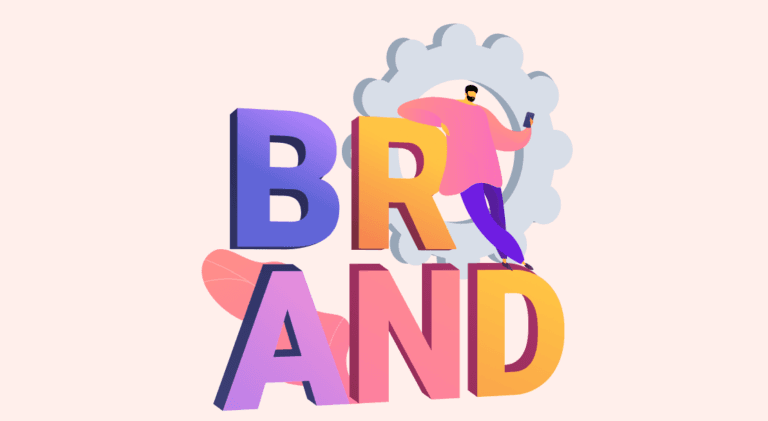
Branded Content
4 mins read
The 5 Best Brand Colors to Choose From in 2022
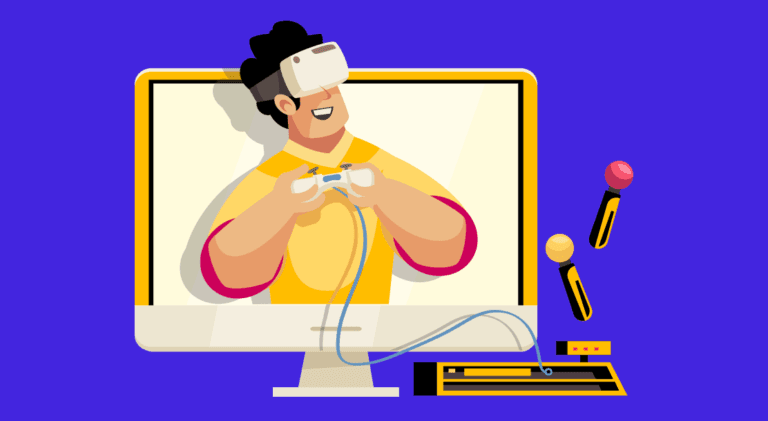
Branded Content
5 mins read